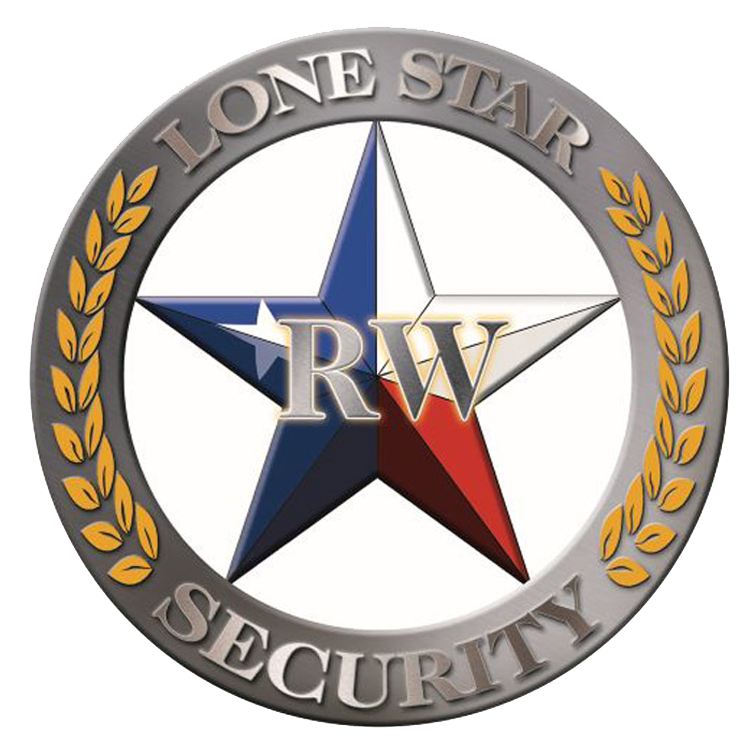Financial businesses handle more sensitive data than almost any other industry. That means when it’s time to dispose of old technology, especially hard drives, you can’t afford to take chances. Whether it’s customer records, bank statements, or proprietary data—anything left behind on a hard drive can become a security risk. That’s why Secure Hard Drive Destruction is a must-have part of any data protection plan.
At RW Lone Star Security, we’ve helped countless financial institutions stay compliant, avoid costly breaches, and shred their drives right down to the metal. If your company is storing old electronics, moving to the cloud, or cycling out old systems, now’s the time to make a plan. This checklist will walk you through the key steps of secure hard drive destruction and show why mobile shredding is one of the most trusted solutions available.

Step 1: Take Inventory of All Retired Devices
Start with a full inventory. Look for computers, servers, external drives, and backup systems that are no longer in use but still in storage. It’s easy to forget how many drives hold sensitive files.
Some of the biggest risks come from forgotten equipment sitting in closets or off-site storage. Make a detailed list that includes serial numbers and types of drives. This gives you a solid foundation for a proper chain of custody and shows auditors you’ve covered your bases.
Step 2: Understand Compliance Requirements
Before you move forward with destruction, make sure you’re up to speed on all relevant compliance rules. Financial institutions are subject to strict standards under laws like GLBA, FACTA, and industry regulations like PCI DSS.
Each has specific requirements around how sensitive data must be destroyed. Not meeting those standards could lead to fines or legal exposure. A certified provider like RW Lone Star Security can guide you through exactly what’s required and help you meet those benchmarks every step of the way.
Step 3: Remove Hard Drives from Equipment
Once you’ve identified your old hardware, the next step is physically removing the hard drives. This should be done carefully and only by staff who know how to handle the devices safely.
Untrained handling can damage other components, create safety issues, or even leave data partially exposed. We recommend unplugging equipment, removing batteries (if applicable), and using anti-static gloves or mats when taking apart any electronics. Once removed, keep the drives locked up until they’re shredded.
Step 4: Partner with a Certified Mobile Shredding Provider
This is where the rubber meets the road. For real peace of mind, always work with a certified partner that offers Mobile Hard Drive Shredding Trucks. These trucks come to your location and shred drives on-site while you watch.
It’s faster, safer, and eliminates the risk of anything getting lost in transport. At RW Lone Star Security, we’re NAID Certified and follow strict protocols that meet federal standards for Hard Drive Destruction. We log each drive, scan barcodes, and give you full documentation once the job’s done.
Step 5: Verify Destruction with Certificates of Destruction
After the drives are shredded, you’ll receive a Certificate of Destruction. This document confirms that all devices were securely destroyed, and it’s a key piece of proof for compliance audits or internal reviews.
Each certificate includes the date, method of destruction, location, and number of devices destroyed. It’s also useful for IT and compliance departments who need to keep a paper trail for data governance. Without this proof, your business could be left vulnerable during audits.
Step 6: Recycle the Scrap with Responsible E-Waste Disposal
Shredding is just one part of the puzzle. Once the drives are destroyed, what happens next matters just as much. Electronic recycling keeps the metal, plastic, and components from ending up in landfills.
At RW Lone Star Security, we ensure that all shredded material is sent to R2-certified recyclers who follow environmentally sound practices. Financial institutions face increasing pressure to show sustainability and responsibility. E-waste recycling is a simple but powerful way to check that box.
RW Lone Star Security for Secure Hard Drive Destruction
At RW Lone Star Security, we’ve spent over 14 years helping financial businesses protect what matters. We don’t just shred drives—we give you a complete, auditable, and stress-free process built for high-stakes industries. Whether you run a credit union, private equity firm, or regional bank, we tailor every job to match your needs.
Our Mobile Hard Drive Shredding Trucks come to your office, your warehouse, or your data center. You’ll never lose control of your drives, and you’ll see them destroyed right there on the spot. That kind of transparency is hard to beat.
We’re also NAID Certified for both hard drive destruction and hard drive shredding. That means we follow nationally recognized best practices with every single job. Our crew shows up in uniform, logs each drive into a secure chain of custody, and never cuts corners.
And when the shredding’s done? You get a Certificate of Destruction and the peace of mind that nothing is left behind. Everything we collect goes straight to certified electronic recycling partners. It’s secure, sustainable, and simple—just how it should be.
FAQ
Wiping deletes files digitally, but data can sometimes be recovered. Shredding physically destroys the drive so nothing is left.
Yes, we can shred solid-state drives, USB sticks, and other storage media right on-site.
Yes. With mobile shredding, your devices never leave your location, so there’s no risk of loss or mishandling in transit.
Any business that handles private data—especially banks, law firms, healthcare, and government contractors—should shred old drives securely.

